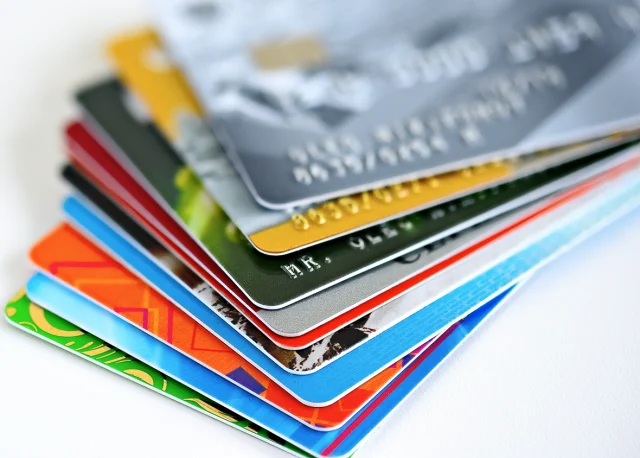
Did Borrowers Spend More During Student Loan Freeze?
The pause in federal student loan payments during COVID has been a golden opportunity to chop down the debt.
In March 2020, Congress stopped charging interest on the loans when it suspended the monthly payments. The moratorium is slated to continue through June.
The zero-interest loan means inflation actually eroded the value of the debt, putting borrowers ahead of the game. And redirecting the payments toward the principal, rather than new interest accruals, reduces both the debt and future interest payments, since smaller loan balances mean less interest.
This was a smart strategy for the workers who held onto their jobs during COVID and could afford it. But it is not what they have done, according to a new study.
Instead, the researchers found that borrowers felt comfortable during the suspension using the extra money to spend more.
These households increased the balances on their car loans, credit cards, and mortgage debt by about 3 percent, or $1,200, in a comparison with borrowers who did not qualify for the payment moratorium because they have Federal Family Education Loans issued through banks.
“Despite having higher cash on hand,” the researchers concluded, “borrowers do not use their additional liquidity to pay down debt.”
However, Betsy Mayotte, president of the Institute of Student Loan Advisers (TISLA), is unconvinced by this study. She argues it is too early get an accurate picture of how borrowers reacted to the moratorium.
She believes many followed the counsel of her organization, which provides free advice on student loan issues. TISLA and other experts recommended borrowers put their monthly payments into a savings or investment account during the moratorium. When it is lifted, they will have more money to pay off the loans, cutting their loan balances and future costs.
“Until the COVID pause ends and we do another study,” Mayotte said, “I don’t think we can fairly say how many people have been paying and how many haven’t.”
Continuing the monthly loan payments during the moratorium was another way to reduce the principal and avoid some interest. But that strategy has a couple problems. First, borrowers who kept paying gave up the income they could’ve earned by investing that money during the freeze.
And regardless of whether a borrower makes payments during the three-year suspension, this period will count in reducing the 120 payments required to qualify for public service forgiveness or the 20 to 25 years of payments required under income-driven repayment plans.
“Paying during COVID doesn’t mean you get double credit,” Mayotte said.
The payment deferrals and uncollected interest put billions of dollars in borrowers’ pockets. Time will tell in whether they capitalized on the windfall.
Squared Away writer Kim Blanton invites you to follow us on Twitter @SquaredAwayBC. To stay current on our blog, please join our free email list. You’ll receive just one email each week – with links to the two new posts for that week – when you sign up here. This blog is supported by the Center for Retirement Research at Boston College.






